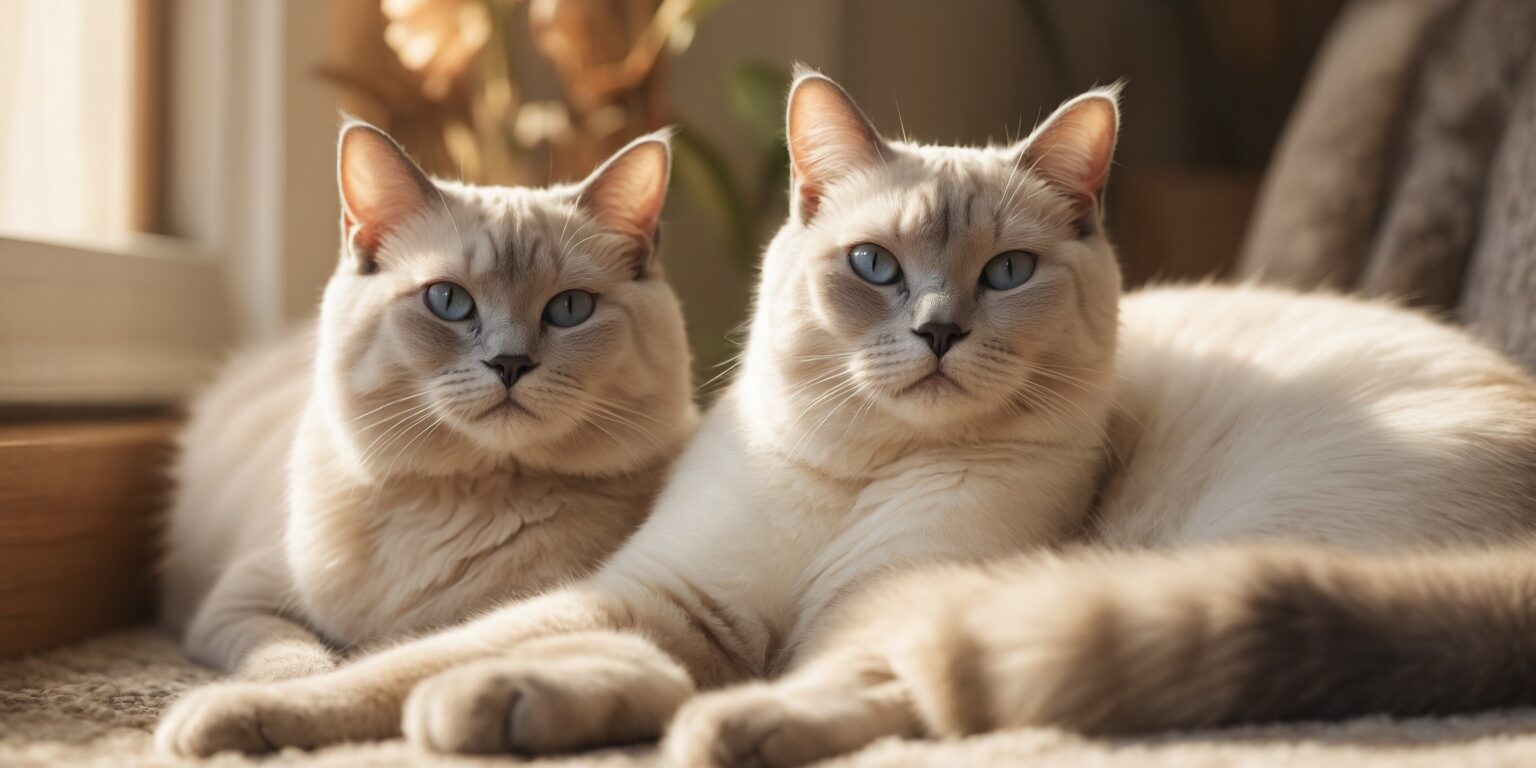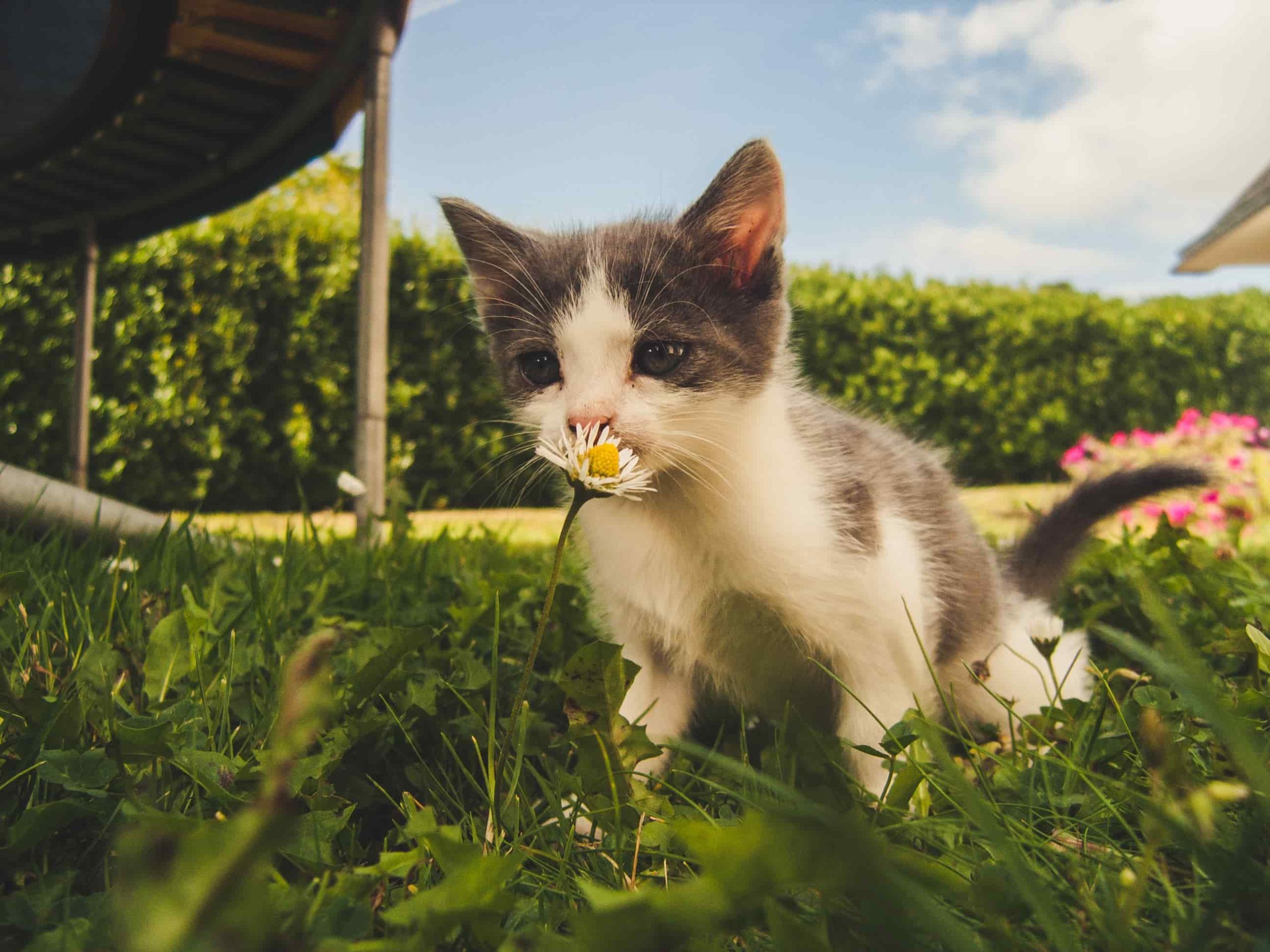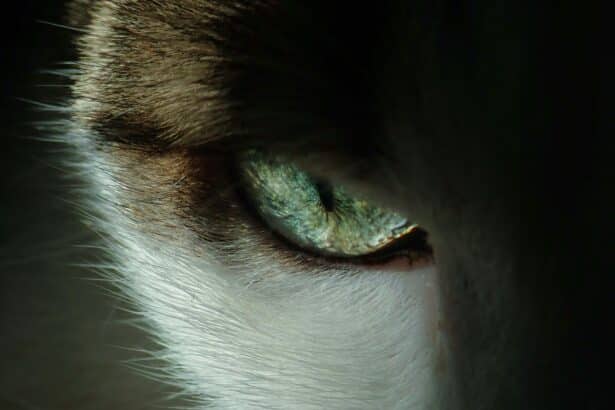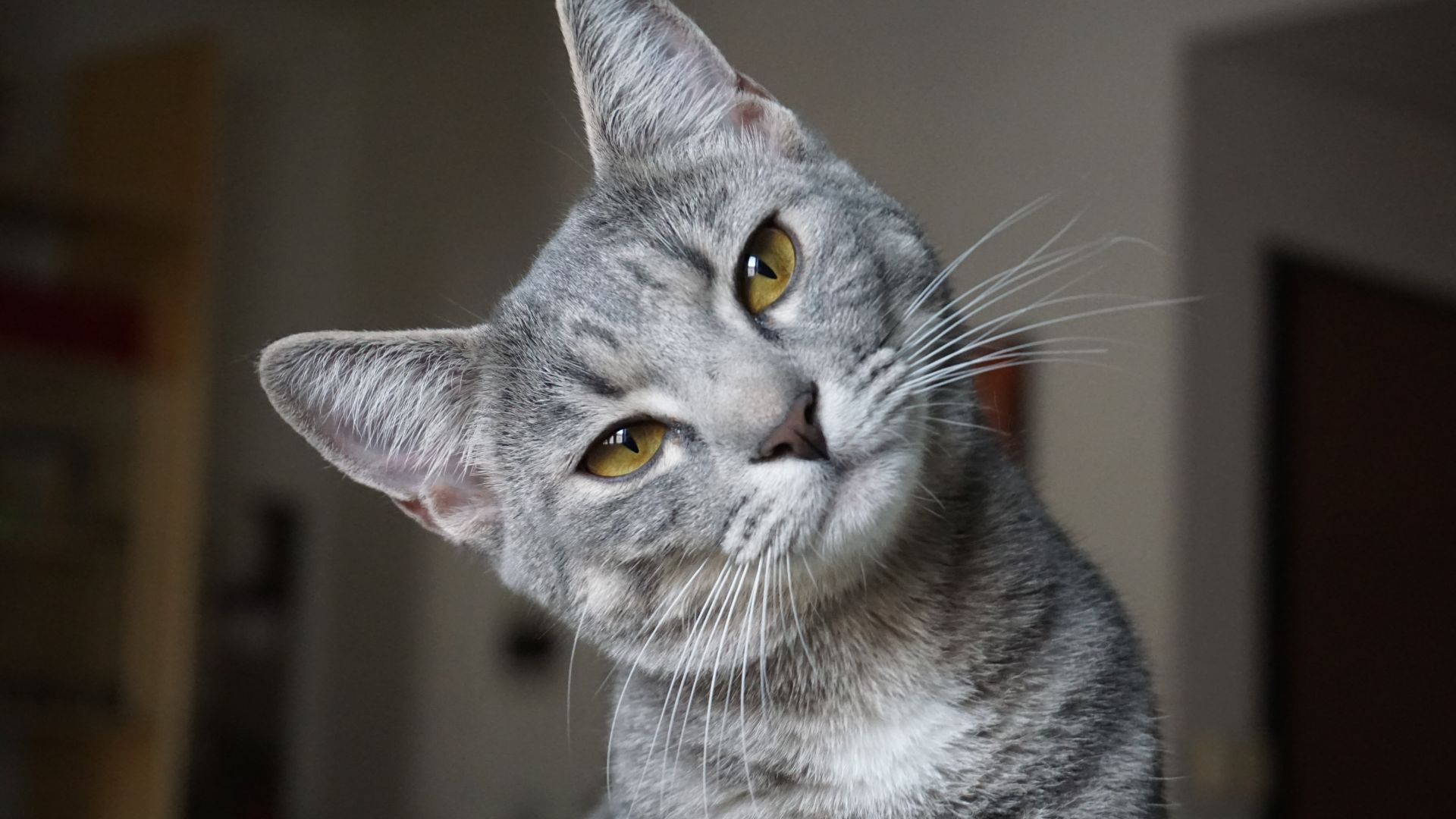Recognizing cat breeds and choosing your perfect match isn’t always straightforward. Between carefully tracked pedigrees and irresistibly charming moggies, it’s easy to feel a little lost. Good news: here’s a clear, cozy guide to help you see things more clearly—without the fuss.
- What is a cat breed?
- The right questions to ask before adopting
- How to choose your breed
- The most common breeds in France
- Ideas by behavior or look
- Ultra‑cuddly cats
- Playful little whirlwinds
- Chatterbox companions
- Short‑haired cats
- Long‑haired beauties
- Medium‑haired charmers
- Budget, adoption, and a smart mini‑checklist
- FAQ

What is a cat breed?
A pedigree cat is a feline whose characteristics (appearance and temperament) are defined and recognized, with an official pedigree issued by a registry, such as the LOOF in France. This confirms ancestry and clear standards.
But a non‑pedigree cat isn’t any less wonderful. “European” or alley cats are one‑of‑a‑kind, often robust, and full of personality—the ultimate limited edition.
Important: color is not a breed. A ginger, black, or white cat is a coat, not a breed. A breed is defined by a set of traits, not just the color palette.
Still hesitating between profiles? Explore our step‑by‑step advice in this guide to choosing a pedigree cat based on your lifestyle and wishes.
The right questions to ask before adopting
Do you have kids, other pets, or a very active schedule? Consider the breed’s energy level, sociability, and tolerance for alone time. Some love to be involved in everything; others prefer to supervise from a comfy distance.
Health matters too. Certain breeds have known predispositions; others are considered sturdy. Your veterinarian remains your best ally for personalized, calm guidance.
Common mistake to avoid: choosing “with your eyes only.” A long coat is gorgeous, but it demands regular brushing. A chatty cat can melt your heart… then surprise you at 3 a.m.
Before you fall head over paws, make sure you know the key rules of owning a cat to welcome your feline in the best conditions.
How to choose your breed
Appearance
List what you truly love: size, head shape, coat length and texture, eye color. The goal isn’t to tick boxes; it’s to find a cat whose look makes your heart do a happy little somersault—long term.
- Long hair: stunning, but higher maintenance.
- Short hair: easier day to day, fewer mats.
- Size: large cats need bigger gear (bed, cat tree).
Personality
Each breed has a “flavor” of temperament. Some are velcro‑cuddly, some independent, others absolute chatterboxes.
- Playful and active: perfect if you love interactive play.
- Calm and tranquil: a match for quieter homes and work‑from‑home life.
- Sensitive souls: thrive with gentle routines and a peaceful home.
Care and daily life
Think ahead to brushing, eye/ear care, and mental stimulation. A groomed, well‑fed, enriched cat is a serene cat.
- Long coats: consistent brushing prevents mats and hairballs.
- High‑energy cats: toys, climbing routes, scratchers, puzzle games.
- Flat‑faced or sensitive airways: clean air, low‑dust litter.
Practical tip: set a “hunt–eat–groom–sleep” routine in the evening (15 minutes of play, a small meal, gentle brushing, then lights down). It satisfies natural cycles and reduces night zoomies and meows.
Want expert grooming shortcuts by coat type? Peek at our ultimate cat grooming guide for easy, time‑saving rituals.
Fun fact: the Turkish Van is nicknamed “the swimming cat.” Some truly enjoy water! And no, a Sphynx isn’t automatically hypoallergenic—most allergies relate to the Fel d 1 protein, not fur length.
The most common breeds in France
Looking for a calm, easy‑to‑live‑with companion? Consider the Persian, Exotic Shorthair, Ragdoll, or British Shorthair. Sweet, plush, and wonderfully soothing presences.

Have a lively household? Active, people‑oriented cats are brilliant teammates: Maine Coon, Chartreux, Norwegian, Birman, or Turkish Angora. They like to be where the fun is.
Want a truly playful partner? Siamese, Oriental, Abyssinian, Somali, Bengal, or Sphynx bring the energy. Plan daily play sessions—it’s their love language.
If you’re leaning toward serenity, here are the calmest cat breeds to compare at a glance. Curious about the Norwegian Forest cat? Dive into the ultimate Norwegian guide to learn about temperament, needs, and care.
Ideas by behavior or look
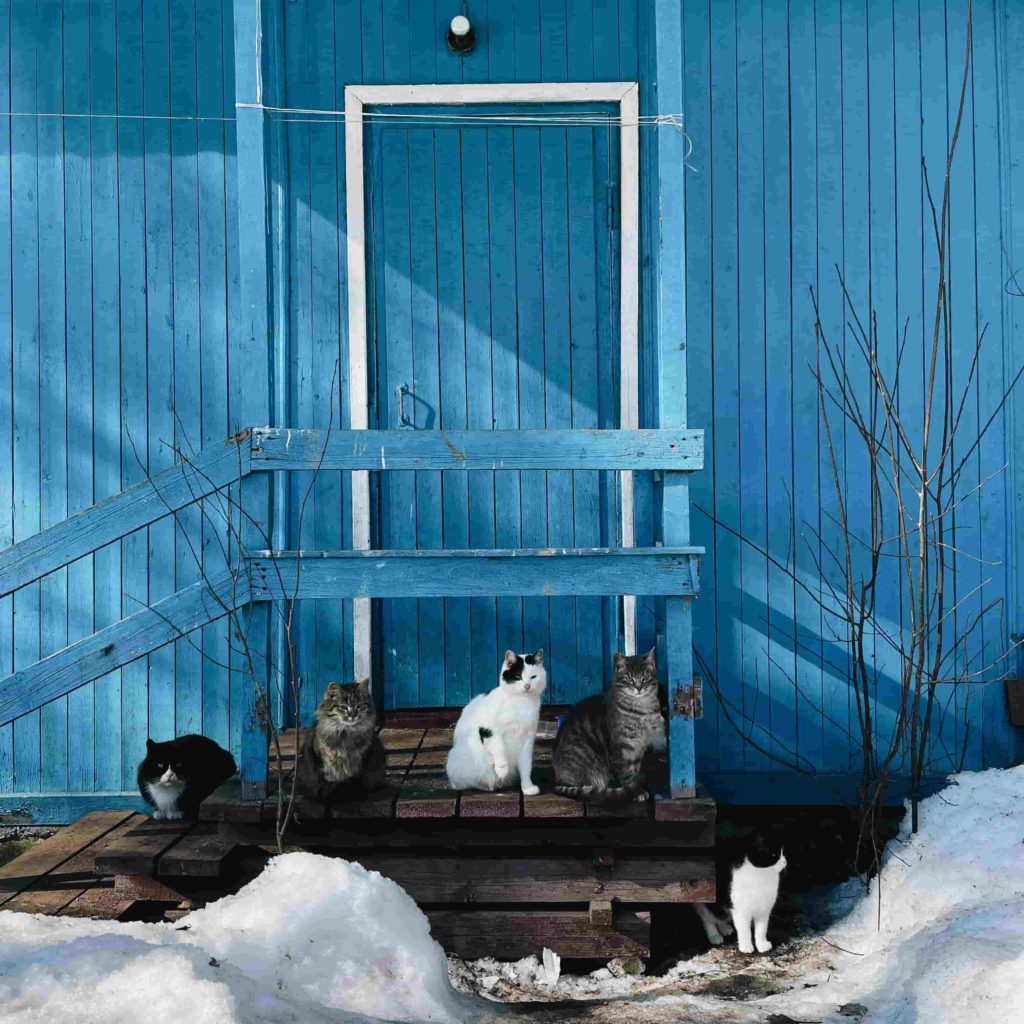
Ultra‑cuddly cats
- Siamese, Sphynx, Turkish Angora, Persian.
- Close to their humans, they adore presence and gentle affection.
- Perfect for cozy evenings on the sofa.
Playful little whirlwinds
- Chartreux, Abyssinian, Devon Rex.
- Quick, cheeky, and up for games of chase.
- Invest in a sturdy cat tree and daily interactive play.
Chatterbox companions
- Maine Coon, Ragdoll, Turkish Van, Egyptian Mau, Siamese.
- They “talk” back and forth with you—sweet and entertaining.
- Great if you enjoy responding to their mews and trills.
Short‑haired cats
- Russian Blue, German Rex, British Shorthair.
- Lower maintenance day to day.
- Ideal if you’re short on grooming time.
Long‑haired beauties
- Persian, Colourpoint.
- Luxurious coats requiring frequent brushing.
- Start a gentle grooming routine from day one.
Medium‑haired charmers
- Norwegian Forest Cat, Turkish Van.
- Generous coats, often easier than true long hair.
- Regular brushing prevents tangles and hairballs.
Want to compare more profiles at once? You can browse all cat breeds A–Z and save your favorites for later.
Budget, adoption, and a smart mini‑checklist
Price varies with breed, lineage, and breeder. Remember lifetime costs too: quality food, vet care, supplies, and enrichment.
- Before adopting: research the breeder or shelter thoroughly.
- Ask for recommended health tests for the breed.
- Prepare a quiet, safe space for the first days.
Original tip: bring a clean microfiber cloth to the breeder or shelter, gently rub mom/littermates, and take it home. The familiar scent eases your kitten’s first nights and reduces stress.
Big mistake to skip: meeting adult cats of the breed when possible. Kittens evolve, but adult temperament shows you what daily life will feel like in a year or two.
Curious about costs over time? Here’s the real breakdown of the true cost of a cat so you can plan with peace of mind.
FAQ
How can I tell my cat’s breed without a pedigree?
Observe head shape, ears, body type, coat length/texture, and pattern, then compare to breed standards. A vet or breeder can suggest a likely type, but without papers it’s “type‑like,” not certain.
Which cat breeds do best in apartments?
Calmer breeds such as British Shorthair, Exotic Shorthair, or Persian adapt well. The essentials are enrichment: scratchers, toys, hideouts, and daily quality time.
Are pedigree cats always fragile?
Not always. Some breeds are hardy; others need special attention. Research any predispositions and choose responsible breeders who health‑test their cats.
Long hair or short hair—what’s easier for first‑time owners?
If time is tight, short hair is simpler. Dreaming of a long coat? Go for it, but set a gentle, regular brushing routine early to prevent mats and stress.


